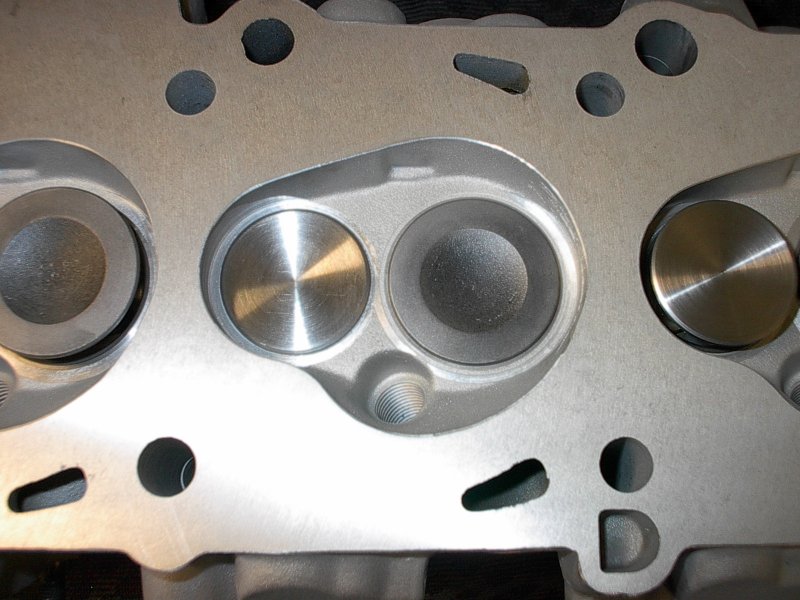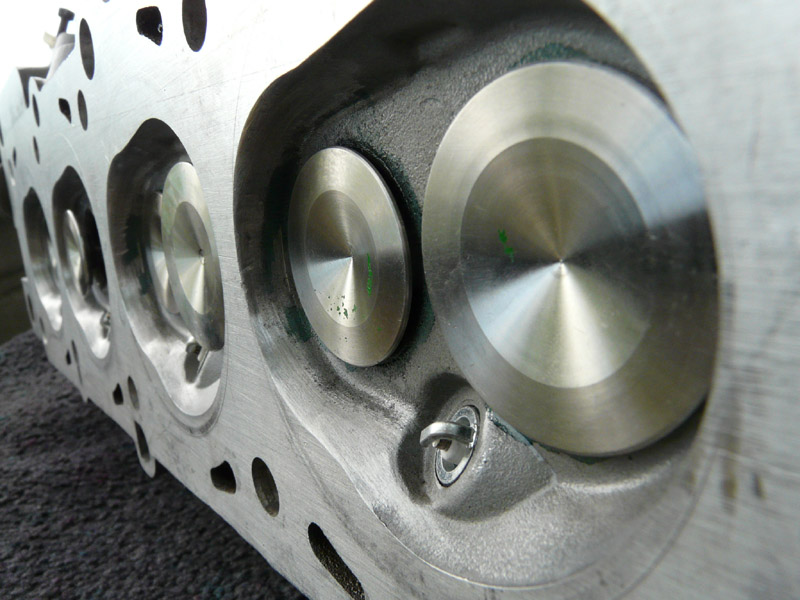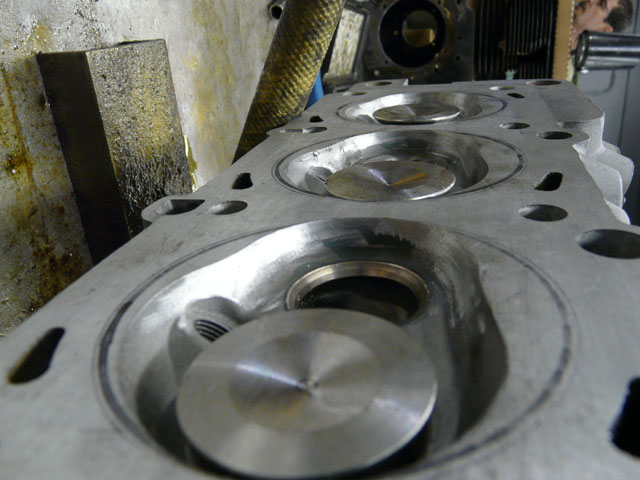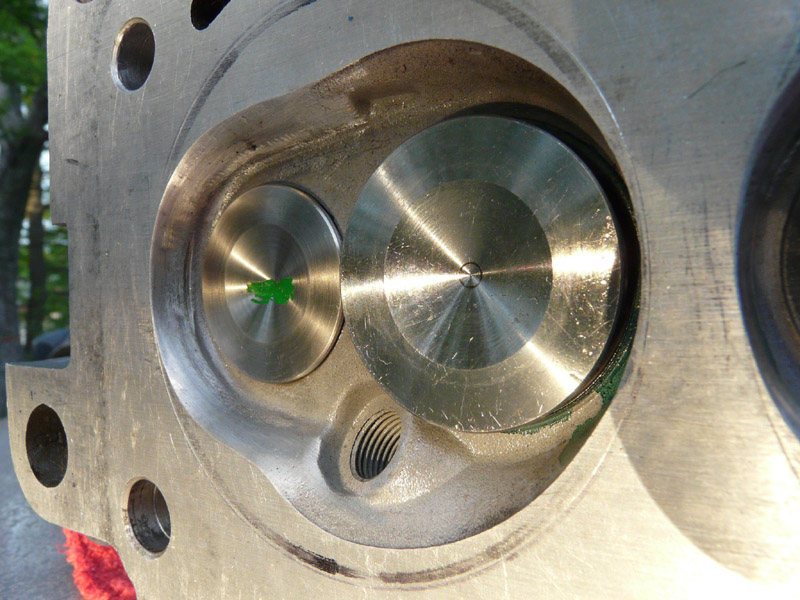cooltouch
New member
- Joined
- Dec 31, 2005
- Location
- Houston, TX
I plan to unshroud the exhaust valves on my B230FT 530 head. I've seen this done before on other heads, but I'm wondering if anyone here has done it, and if you might have any pics you could post of your work?
I bought some bits for my Foredom tool (like a Dremel with flex shaft on steroids if you don't know what it is) that are about 3/4" diameter by about 1/4" thick with rounded edges. These were the best bits I could find for what I think I'm gonna need for this job. Any input you might care to offer would be appreciated.
Best,
Michael
I bought some bits for my Foredom tool (like a Dremel with flex shaft on steroids if you don't know what it is) that are about 3/4" diameter by about 1/4" thick with rounded edges. These were the best bits I could find for what I think I'm gonna need for this job. Any input you might care to offer would be appreciated.
Best,
Michael
Last edited:










